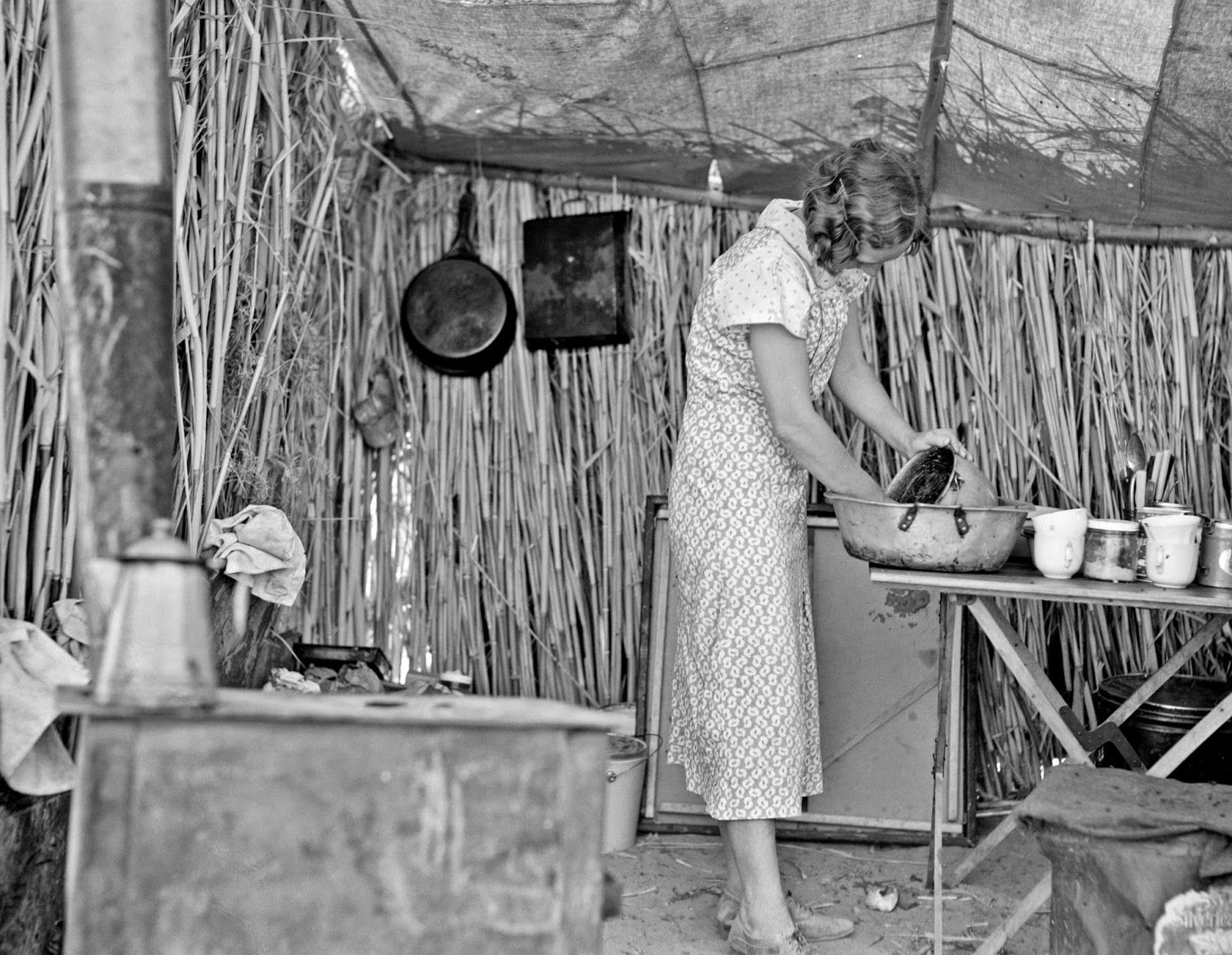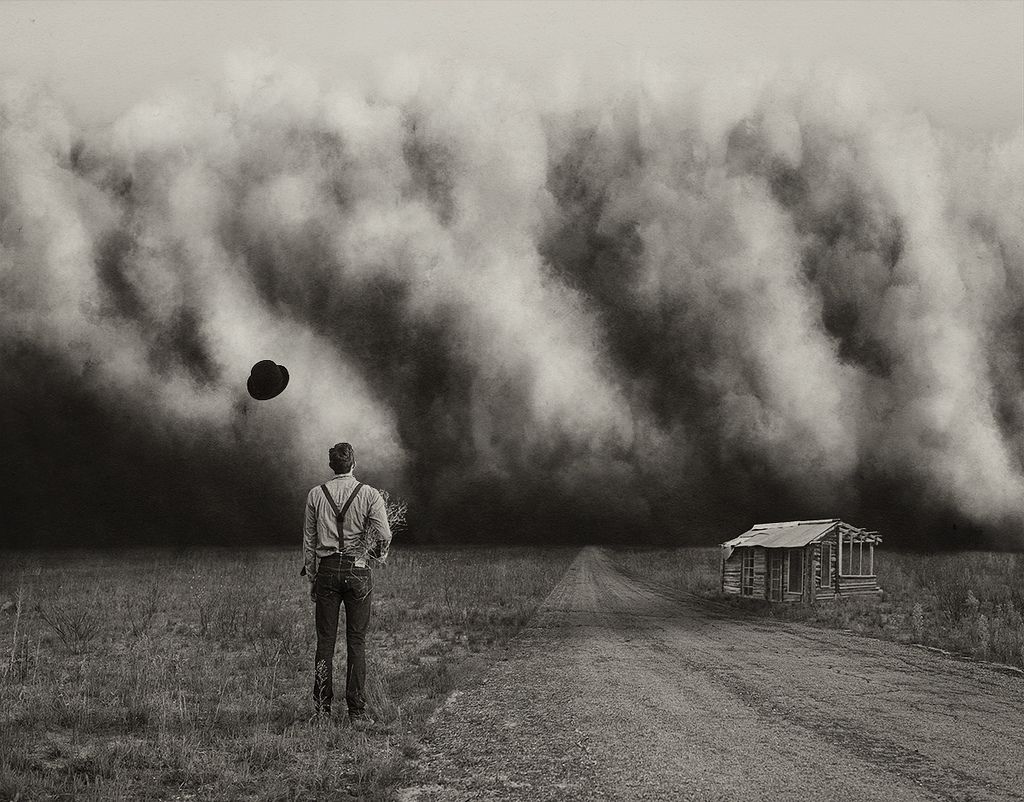Dust bowl facts — facts about the dust bowl summary “dust bowl” is a term that was originally coined by associated press journalists to refer to the geographical area of the great plains in the usa and canada which was hit by violent dust storms in the 1930s, but is nowadays used to describe the whole event. Unlike the dust storms that form in arizona or new mexico that last only a few hours.
 Memories of the 1930s dust bowl. Dust bowl, History, 1930s
Memories of the 1930s dust bowl. Dust bowl, History, 1930s
Nach der rodung des präriegrases zur „urbarmachung“ für eine „neue“ bzw.

Dust bowl of the 1930s definition. The dust bowl was a natural disaster that devastated the midwest in the 1930s. Definition and summary of the dust bowl summary and definition: Farmers could no longer grow crops as the land turned into a desert.
Imagine a huge dust cloud swallowing up your home to the point that it can barely be seen. This migration out of the dust bowl during the 1930s became the largest migration in u.s. Dust bowl, the name given to areas of the u.s.
Gilmore car museum circa 1935: Dust bowl definition, a period, throughout the 1930s, when waves of severe drought and dust storms in the north american prairies occurred, having devastating consequences for the residents, livestock, and agriculture there: Dustbowl (noun) the 1930s period.
Approximately 2.5 million people had left the region by 1940. High winds stirred up the dry soil. Dustbowl is a 1988 album by head of david.
In 1932, 14 dust storms were recorded on the plains. More and more dust storms had been blowing up in the years leading up to that day. It included southeastern colorado, western kansas, the panhandles of texas and oklahoma, and northeastern new mexico.
Areas of kansas, colorado, oklahoma, texas, and new mexico were all part of the dust bowl. By 1934, it was estimated that 100 million acres of farmland had lost all or most of the topsoil to the winds. Nasa explains dust bowl drought.
These caused major damage to the dust bowl areas' economies, ecology. Nasa scientists have an explanation for one of the worst climatic events in the history of the united states, the dust bowl drought, which devastated the great plains and all but dried up an already depressed american economy in the 1930's. Farmers received low prices for those crops that were.
On nomme la période correspondante les dirty thirties. Severe drought and a failure to apply dryland farming methods to prevent the aeolian processes caused the phenomenon. The dust bowl was an area in the midwest that suffered from drought during the 1930s and the great depression.
Dustbowl (noun) the central region of the united states during the 1930s. The depression had already taken its toll on the region with lowered crop prices. The dust bowl of the 1930s sent more than a million residents of the area to california.
History hit the southern great plains in the 1930s. The huge dust storms that ravaged the area destroyed crops and made living there. When winds blew, they raised enormous clouds of dust.
In these areas, there were many serious dust storms and droughts during the 1930s. Deflation affected the dust bowl in the 1930s by lowering the prices for food and other farm commodities, making it even more difficult for farmers to. The dust bowl changed the landscape of the country, and left the land torn apart.
The soil became so dry that it turned to dust. Learn more about this period and its impacts. The dust bowl is a phrase used to describe prairie regions of the united states and canada in the 1930s.
The great depression left the nation devastated. The dust bowl was the name given to an area of the great plains (southwestern kansas, oklahoma panhandle, texas panhandle, northeastern new mexico, and southeastern colorado) that was devastated by nearly a decade of drought and soil erosion during the 1930s. It now describes the area in the united states most affected by the storms, including western kansas, eastern colorado, northeastern new mexico, and the oklahoma and texas panhandles.
The term dust bowl initially described a series of dust storms that hit the prairies of canada and the united states during the 1930s. How to use dust bowl in a sentence. The affected region came to be known as the dust bowl.
Jackrabbit drives in western kansas were viewed as a battle of survival between farmers and the rabbits during the great depression and the dust bowl in the mid 1930s. As high winds and choking. This was the grim reality for many midwestern americans between 1930 and 1940 during a.
Pinterest car buried by a dust storm. Breadlines and soup kitchens were established as charitable organizations giving free bread and soup to the. Le dust bowl est une région à cheval sur l'oklahoma, le kansas et le texas, touchée dans les années 1930 par la sécheresse et une série de tempêtes de poussière provoquant une catastrophe écologique et agricole.
An area which abounds in dust and which is very dry. The dust bowl term is used to describe the massive dust storms that formed in the plains during the 1930s. During the drought of the 1930s, without natural anchors to keep the soil in place, it dried, turned to dust, and blew away with the prevailing winds.
The dust bowl got its name after black sunday, april 14, 1935. At times, the clouds blackened the sky, reaching all the way to east coast cities. It was the worst drought in north america in 1,000 years.
Of all the droughts that have occurred in the united states, the drought events of the 1930s are widely considered to be the “drought of record” for the nation. Definition of dustbowl in the definitions.net dictionary. Definition of dust bowl in the definitions.net dictionary.
When the dust bowl began, the great depression was already underway—it was one disaster on top of another. In 1933, there were 38 storms. With insufficient understanding of the ecology of the plains.
That’s what really happened during the dust bowl. The dust storms devastated the region even further. The problem began during world war i, when the high price of wheat and the needs of allied troops encouraged farmers to grow more wheat by plowing and seeding areas in prairie states, such.
Imagine soil so dry that plants disappear and dirt blows past your door like sand. Three girls modeling various dustbowl masks to be worn in areas where the amount of dust in the air causes breathing difficulties. 1 unsustainable farming practices worsened the drought’s effect, killing the crops that kept the soil in place.
Dust bowl, section of the great plains of the united states where overcultivation and drought during the early 1930s resulted in the depletion of topsoil, which was carried off in windblown dust storms that forced thousands of families to leave the region at the height of the great depression. Freebase (0.00 / 0 votes) rate this definition: Families were financially unable to scrape up money for their next meal.
The dust bowl spread from saskatchewan and manitoba to the north, all the way to oklahoma and parts of texas and new mexico in the south. This caused huge dust storms that ruined farmland. The dust bowl was a period of severe dust storms that greatly damaged the ecology and agriculture of the american and canadian prairies during the 1930s;
The worst drought (lack of rain) in u.s. What does dust bowl mean?.
 The Great Depression from 1929 1937, desperation, train
The Great Depression from 1929 1937, desperation, train
 THE DUST BOWLWorst manmade ecological disaster in
THE DUST BOWLWorst manmade ecological disaster in
 KINGSTREE Great Depression, Photos에 있는 핀
KINGSTREE Great Depression, Photos에 있는 핀
 Pin on The Great Depression Colorized
Pin on The Great Depression Colorized
 sharecropper families of the 1930s Walker evans, Ben
sharecropper families of the 1930s Walker evans, Ben
 pictures of the dust bowl in the 1930's Yahoo Image
pictures of the dust bowl in the 1930's Yahoo Image
 Dorothea Lange Depression Era Then & Now Pinterest
Dorothea Lange Depression Era Then & Now Pinterest
 Dorothea Lange. Migrant pea pickers camp in the rain
Dorothea Lange. Migrant pea pickers camp in the rain
 Model T Ford Forum Old Photo Dust Bowl Okies In San
Model T Ford Forum Old Photo Dust Bowl Okies In San
 Oakies driving to California during the Great Depression
Oakies driving to California during the Great Depression
 January 1939. An evicted sharecropper among his
January 1939. An evicted sharecropper among his
 Migrant Mothers Dorothea Lange's Faces Of The Dust Bowl
Migrant Mothers Dorothea Lange's Faces Of The Dust Bowl
 Pin by scott W on The Dust Bowl & Great Depression Pinterest
Pin by scott W on The Dust Bowl & Great Depression Pinterest
 The Dust Bowl Black Sunday Dust bowl, No mans land, Dust
The Dust Bowl Black Sunday Dust bowl, No mans land, Dust
 Pin on Dust Bowl Depression Era
Pin on Dust Bowl Depression Era



